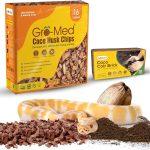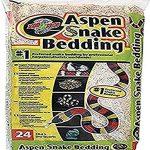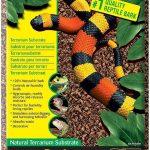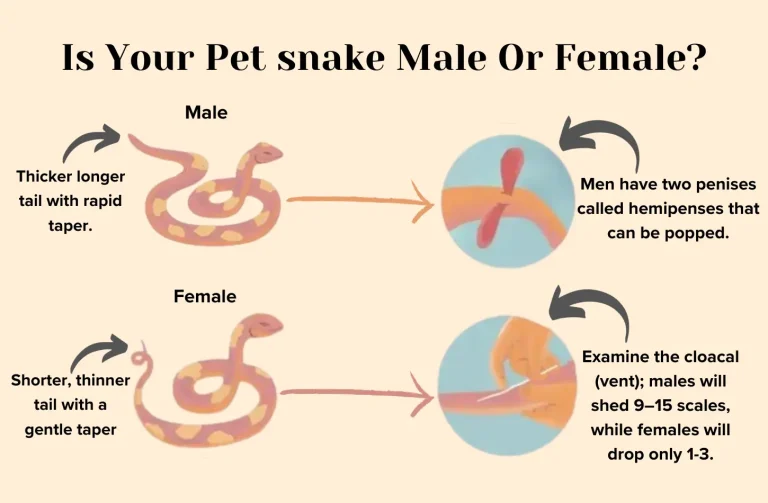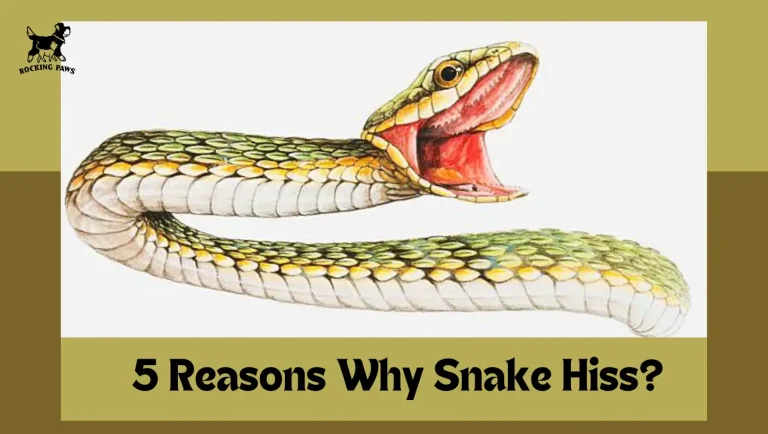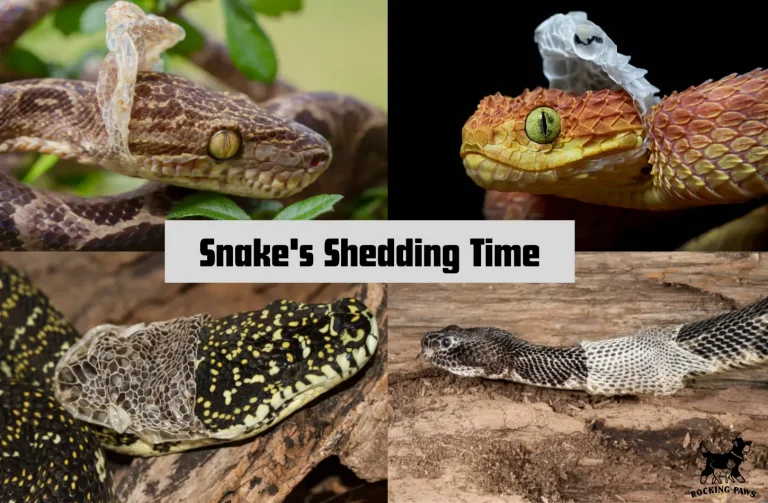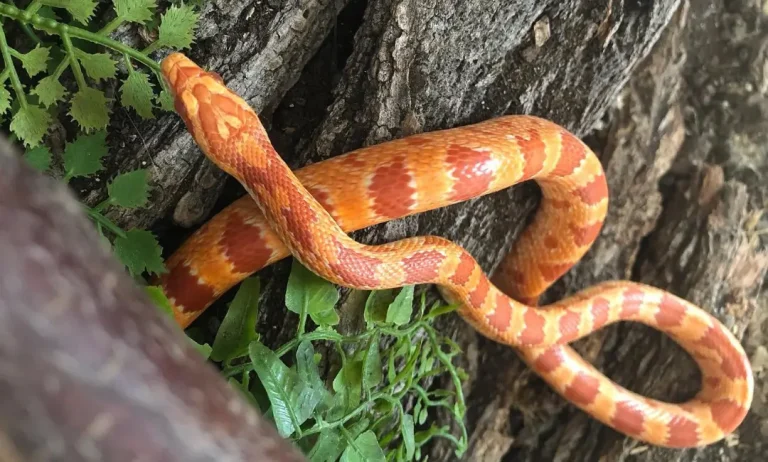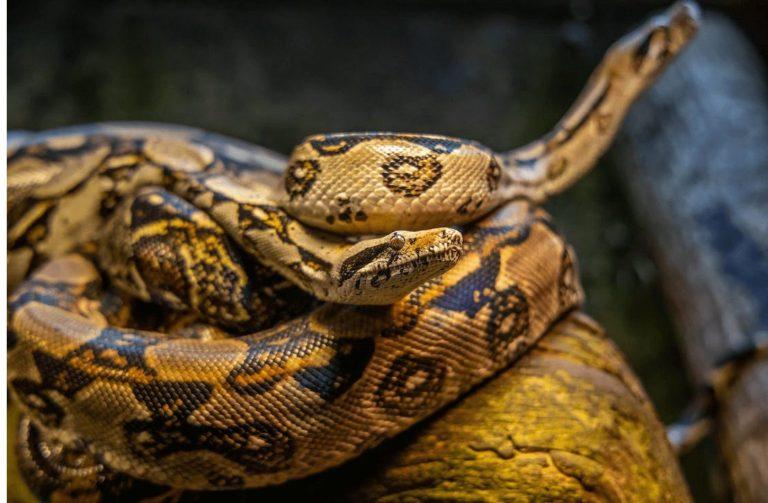
Creating the perfect home for your snake substrate involves more than just a cozy enclosure—it’s all about the right bedding, known as substrates, that make their space comfy and functional. Whether you’ve got a burrowing boa or a humidity-loving tropical serpent, choosing the ideal bedding is crucial for their health and happiness. Let’s dive into the world of substrates. It’s not just about a comfy floor; it’s about moisture retention, odor control, and safety for your scaly buddy. Some top picks, like cypress mulch, aspen shavings, and coconut fiber, excel at all these factors without risking constipation or accidental ingestion.
But not all substrates are safe—think twice before opting for sand, as it might lead to tummy troubles for your snake. And steer clear of cedar or pine bedding due to harmful oils. Dr. Choe Ming, a reptile expert, advises against substrates emitting any odors or those that could be swallowed accidentally during feeding. Your go-to choice? Zoo Med Aspen Snake Bedding, a fantastic all-rounder. And for those tropical species, Galapagos Cypress Tank-Mulch steals the show with its humidity-holding prowess. Consider this: setting up the perfect habitat means absorbing waste and providing a comfy place for your snake to hide.
Substrates not only absorb spillages but also regulate humidity. Plus, they make cleaning a breeze—just scoop up the soiled bits and toss them out. But a word of caution—testing substrates can be risky. Mites or unwelcome guests might hitch a ride. So, our curated list of top 10 snake bedding options saves you the trouble of trial and error. In essence, choosing the right substrate isn’t just about comfort; it’s a crucial part of your snake’s well-being. It’s the base of their home, ensuring a cozy retreat and a clean, healthy environment. So, pick wisely, and keep your scaly friend happy and thriving!
Our Top Picks
Products
Image
Product
Detail
Price

ReptiChip Compressed Coconut Chip Substrate

Zilla Pet Snake & Lizard Substrate
Types of Snake Bedding: Comprehensive Guide to Substrate Options
Choosing the right bedding for your snake is a critical aspect of their care and habitat maintenance. Various substrates offer different benefits, ranging from absorbency to aesthetic appeal, and understanding their characteristics is essential for ensuring a healthy and comfortable environment for your snake.
1. Wood Shavings:
Wood shavings, typically aspen, are small, absorbent pieces known for their ease of spot cleaning and mess handling. Aspen shavings are a staple in reptile husbandry due to their affordability, absorbency, and excellent odor control. They’re derived from aspen wood, making them safe for most snake species, especially those prone to respiratory issues. The soft texture provides a comfortable substrate, and they’re widely used within the reptile community for their reliability and ease of use.They lack oils that can irritate snakes, making them a safe option. However, they might not retain moisture well, making them less suitable for species requiring higher humidity levels.
2. Mulch:
Cypress mulch stands out for its exceptional moisture retention properties, making it an excellent choice for maintaining higher humidity levels in snake enclosures. It’s particularly favored for tropical snake species that require a more humid environment. Beyond its moisture-holding abilities, cypress mulch is also adept at controlling odors, providing both functionality and comfort for your pet. Mulch comprises varied small pieces of fir tree wood, including bark and interior wood. While not visually appealing, it’s excellent for snakes needing humidity and those fond of burrowing. This substrate offers natural tendencies for species that prefer to create their hideouts.
3. Bark:
Bark chips are chosen for their natural aesthetics and the ability to create an environment resembling a snake’s natural habitat. They offer a more authentic setting, ideal for certain snake species that benefit from a more organic environment. However, their larger size can make cleaning a bit more challenging compared to finer substrates. Bark pieces, larger and more uniform than mulch, are suitable for creating a denser floor layer. Ideal for species that hunt live prey in their habitat or prefer more open space for basking than for hiding.
4. Coconut:
Sold in compacted bricks that expand when moistened, coconut fiber is prized for its outstanding moisture retention. This substrate is a go-to for snake species that thrive in high humidity environments and love to burrow. The texture allows for natural burrowing behaviors, and its ability to hold moisture creates an ideal microclimate within the enclosure. Coconut husk replicates many benefits of mulch and bark but is more absorbent. This makes it an excellent choice for tropical species that need high humidity levels.
5. Paper and Fabric Liners:
While not the most aesthetically pleasing, newspaper and paper towels offer budget-friendly and easily replaceable bedding options. They are safe for most snakes and are particularly useful for species that do not require high humidity or as a temporary solution during enclosure cleaning. Though not as natural-looking, their practicality and ease of replacement make them popular choices, especially for temporary use or when easy cleanup is a priority. These liners lack depth for hiding or burrowing. While paper liners are easy to replace and cost-effective, they lack moisture-locking capabilities. Fabric liners offer some absorbency and padding but may require more complex cleaning procedures.
Safe Substrates for Snakes:
The choice of substrate significantly influences your ball python’s health and well-being. Consider these safe options:
- Newspaper: Free, hygienic, and easy to replace, making it a preferred choice for professional breeders.
- Paper towels: Absorbent and similar to newspaper, though slightly more expensive.
- Commercial paper cage liners: More aesthetically pleasing but pricier than newspaper.
- Recycled paper beddings: Hygienic, allowing burrowing, but more costly than plain newspaper.
- Cypress mulch: Highly absorbent, visually appealing, and good at retaining moisture.
- Orchid bark: Comparable to cypress mulch but potentially more expensive.
- Bioactive substrates: Consisting of various materials and microorganisms, these substrates create a self-sustaining ecosystem within the enclosure.
Bedding to Avoid for Snakes:
Steer clear of substrates presenting potential risks:
- Sand: Not recommended due to ingestion issues and low suitability for humidity.
- Cedar shavings: Emit toxic fumes and must be avoided for any snake species.
- Astroturf: Difficult to clean, with loose fibers posing injury or ingestion risks.
- Gravel: Challenging to clean and hazardous if ingested.
Bedding Maintenance:
Maintaining a pristine and healthy environment within your snake’s enclosure revolves around a consistent and thorough bedding maintenance routine. Regular cleaning is pivotal, with the frequency depending on the type of substrate used. For non-particulate substrates like paper or fabric liners, frequent spot cleaning and complete replacement on a weekly basis are essential. On the other hand, particulate substrates such as wood shavings or mulch may only necessitate spot cleaning in between more extended intervals for complete changes.
Thorough disinfection of the enclosure before replacing bedding is crucial, ensuring the removal of any debris or residue. Regular inspections for mold, mildew, or signs of bacterial growth are imperative to safeguard your snake’s health. A clean and well-maintained habitat not only reduces odors but also contributes to your pet’s overall well-being, aiding in the prevention of potential health issues.

